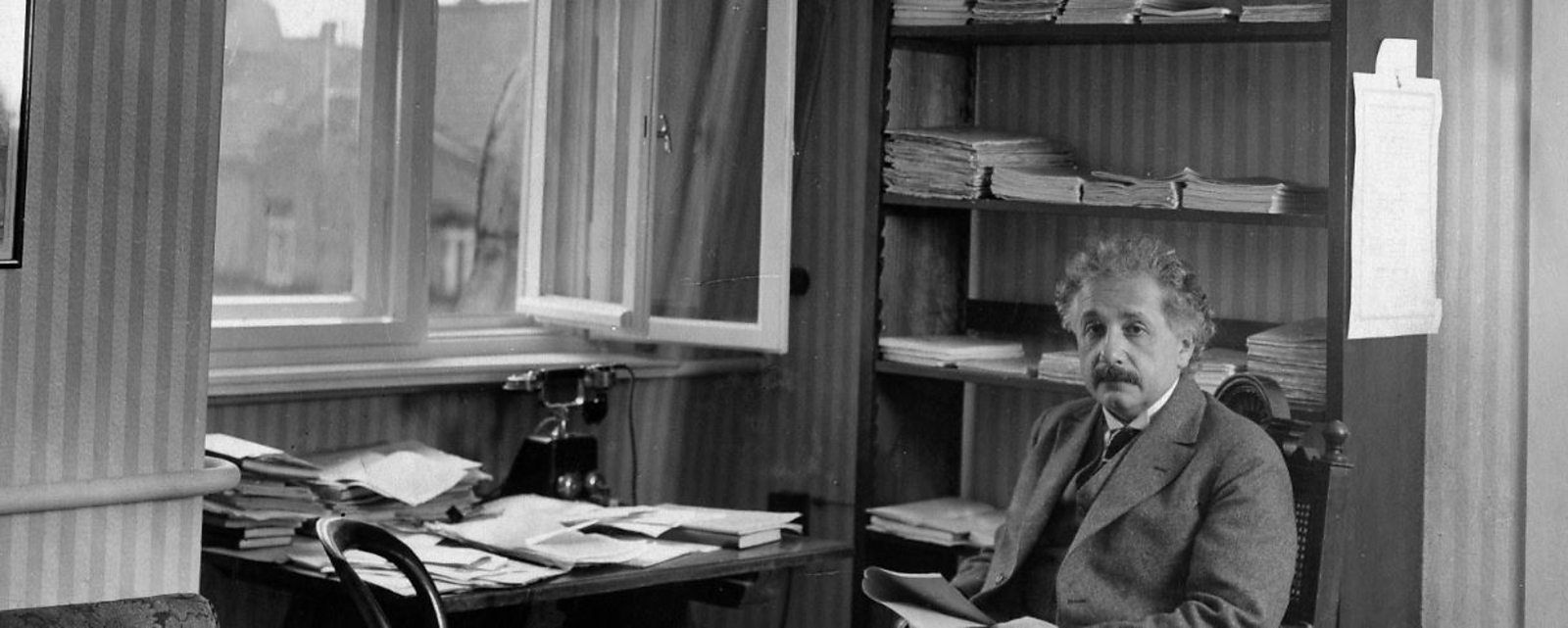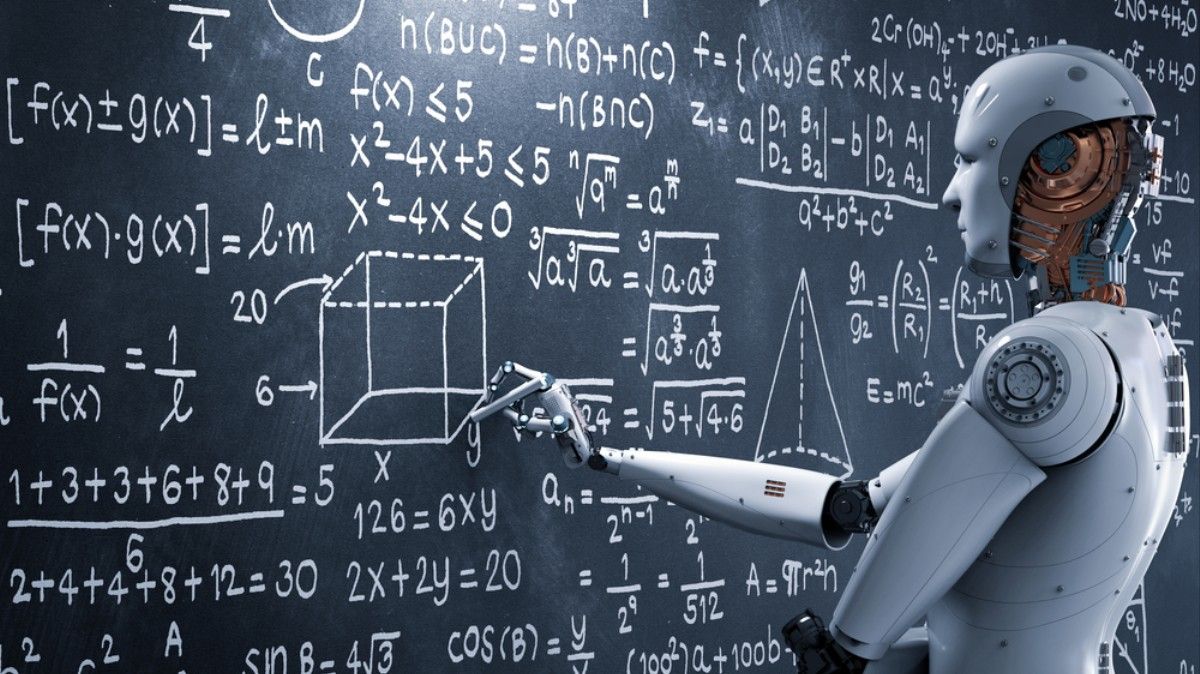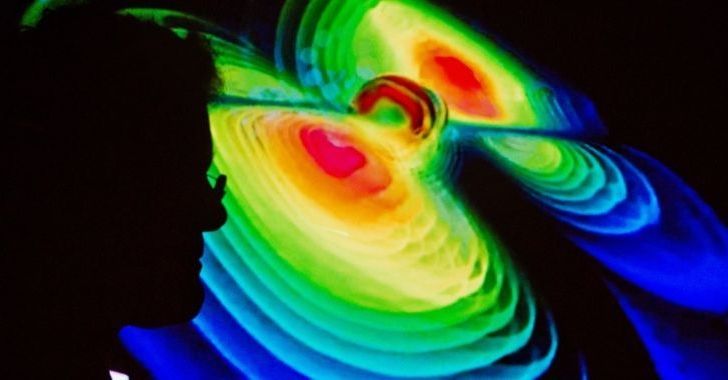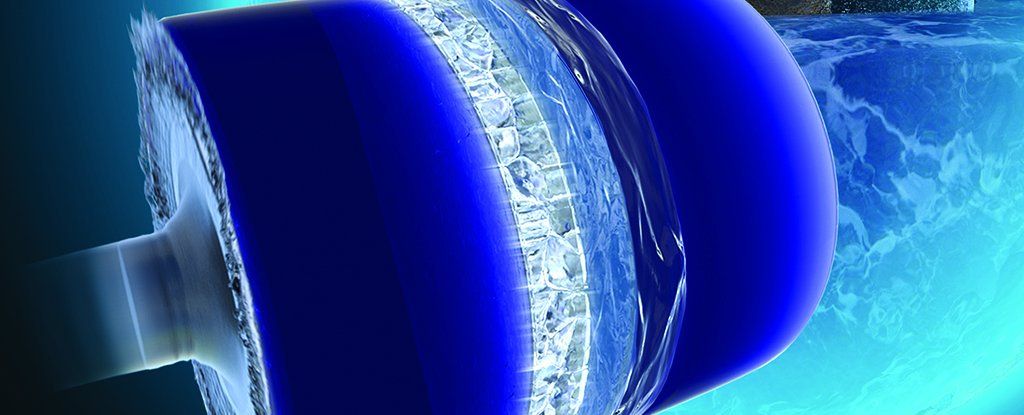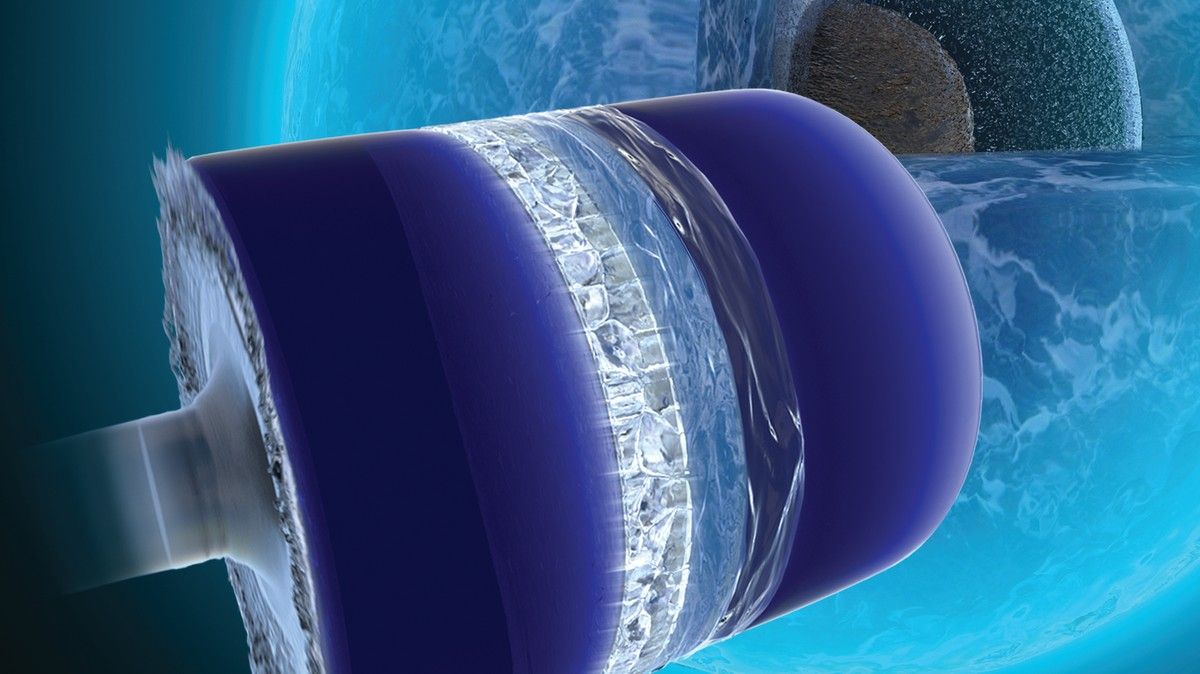Nov 8, 2018
Ripples in Space-Time Could Reveal the Shape of Wormholes
Posted by Genevieve Klien in categories: cosmology, physics
Wormholes — yawning gateways that could theoretically connect distant points in space-time — are usually illustrated as gaping gravity wells linked by a narrow tunnel.
But their precise shape has been unknown.
Now, however, a physicist in Russia has devised a method to measure the shape of symmetric wormholes — even though they have not been proven to exist — based on the way the objects may affect light and gravity. [8 Ways You Can See Einstein’s Theory of Relativity in Real Life].
Continue reading “Ripples in Space-Time Could Reveal the Shape of Wormholes” »


